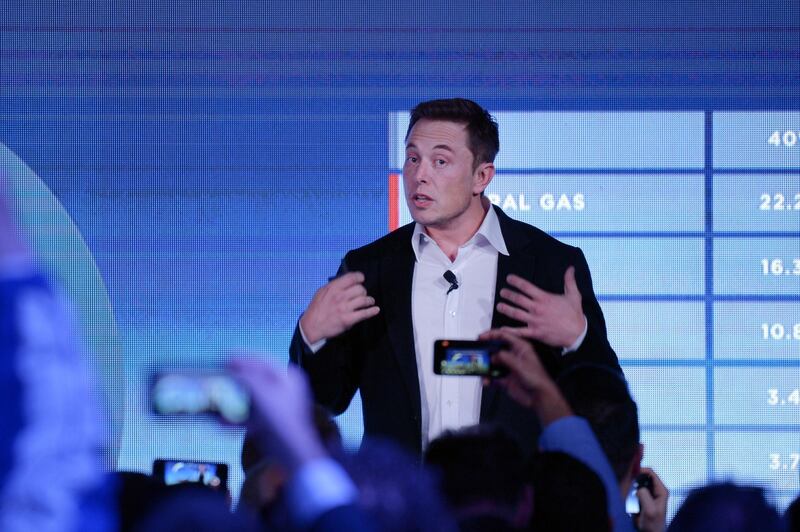What if Uber acted more like Tesla? Executives at Uber Technologies have long been jealous of Elon Musk’s resilient public image.
Compare Uber’s careful response to its self-driving car fatality with Tesla’s flurry of defensive statements. Both companies have received intense media and regulatory scrutiny, but Tesla seems to think it’s impervious - an approach the company’s supporters often celebrate. While Uber shut down its self-driving programme, Tesla’s semi-autonomous feature, Autopilot, is still deployed, and the automaker is publicly defying a government safety board.
In Uber’s case, a car struck a woman who was walking across a street last month in Tempe, Arizona, killing her. The company quickly stopped operating self-driving cars on public roads and said it would cooperate with local and federal investigators. Those ongoing investigations have required Uber to keep quiet about the circumstances of the crash. A video of the collision, released by Tempe police, shows the car’s human driver looking away as the company’s autonomous technology piloted the vehicle. Uber said in a statement at the time, “Our cars remain grounded, and we’re assisting local, state and federal authorities in any way we can.”
Meanwhile, a man in a Tesla Model X was killed in March when his car, driving in Autopilot mode, collided with a highway median barrier. After Tesla signed an agreement to cooperate with an investigation into the incident by the US National Transportation Safety Board, Tesla put the blame on the human driver. It released a statement saying, “The driver’s hands were not detected on the wheel for six seconds prior to the collision.”
Tensions between the federal agency, which investigates major transportation incidents, broke into the public eye on Thursday. The agency was frustrated that Tesla had been talking about an open investigation. The board removed Tesla as a party to the investigation, Bloomberg reported, but not before Tesla tried to get ahead of the story, asserting that the carmaker was the one pulling out.
_______________
Read more:
Tesla criticised over blaming driver again for latest crash
Waymo chief says his firm's driverless tech differs from Tesla's
_______________
Then Tesla - a company led by a man who closely monitors the media and his public image - asserted that the NTSB was “more concerned with press headlines than actually promoting safety”. Just imagine if Uber made a similar allegation about a government agency.
Tesla insists that public safety is its priority. By defending its Autopilot technology, the company has said it’s helping avoid human-driver accidents.
At the moment, Tesla has plenty of other battles to fight. It’s going through a crucible of sorts. On Thursday, Tesla’s share price closed at $294, down 25 per cent from an all-time high of $390 that it touched in September.
Ultimately, the most important issue facing Tesla today is production of the Model 3. The company’s future hangs on its ability to build and profitably sell enough of its new mainstream electric car. Tesla has continually missed its production targets. The company hopes to reach a weekly rate of 5,000 Model 3s by sometime around July. Bloomberg estimates that the company is currently building about 2,395 of the cars per week.
How quickly Tesla is able to make vehicles will determine how affordably it can raise more money - which the business will surely need as it continues to operate in the red. Tesla’s credit rating has fallen amid production delays.
But thankfully for Mr Musk, this is one area where Uber and Tesla are similar. Neither has had problems raising capital to fund their money-losing businesses. If you need proof that investors still believe in Elon Musk, look no further than his backup CEO gig. Just last week, SpaceX authorised a $507 million funding round at a $25 billion valuation, a deal that would make it the third most valuable venture-backed startup in the US.
Uber had a good week for once. As part of the turnaround effort, CEO Dara Khosrowshahi went on the Today show to talk about how the company will now conduct more frequent background checks on drivers. It rolled out a redesigned app for drivers. Mr Khosrowshahi attended an event with Washington, DC, Mayor Muriel Bowser, where he talked up Uber's recent acquisition of Jump Bikes






